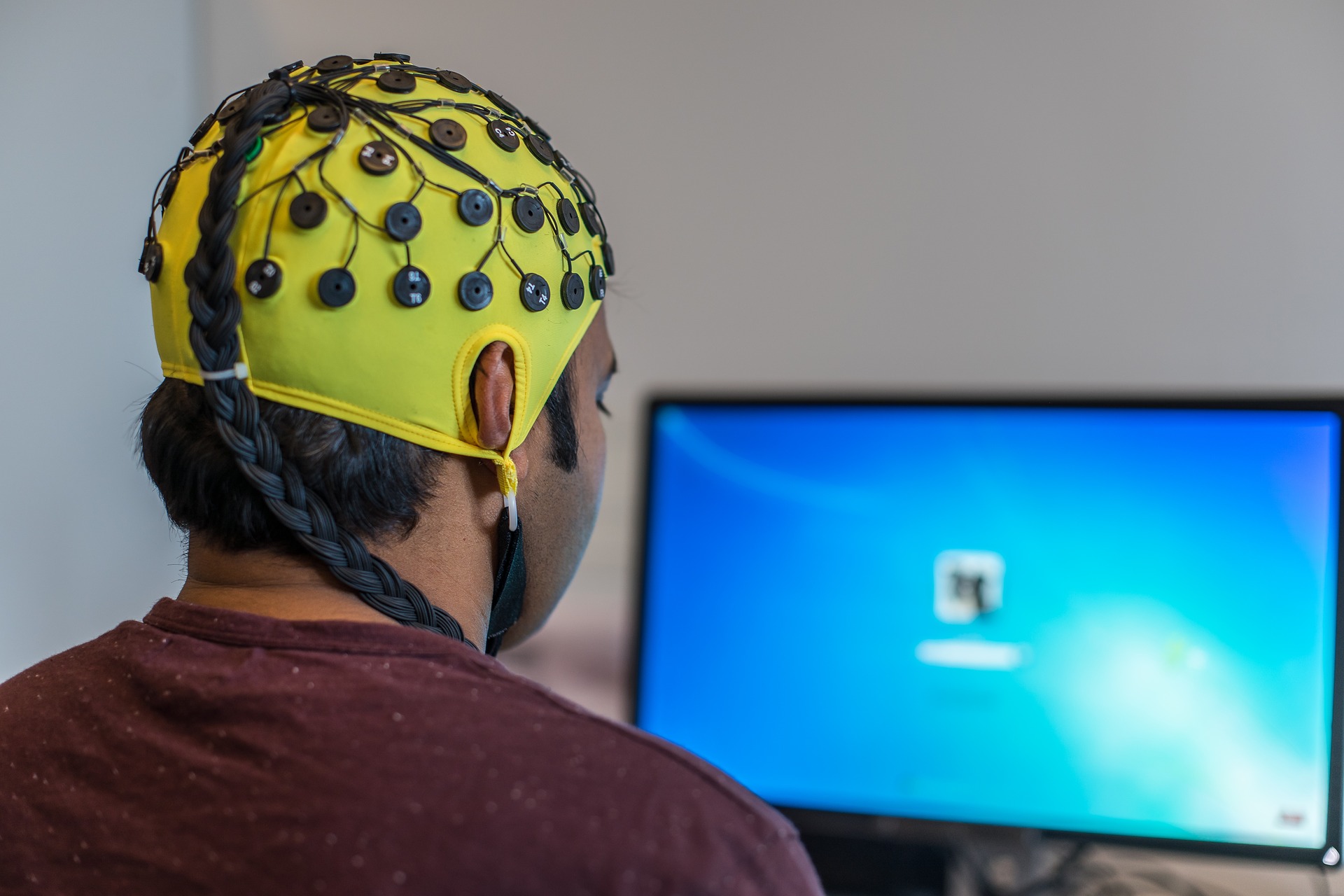Unlocking the Mysteries of the Brain Through Quantitative EEG Brain Mapping Techniques in Psychological Health Assessment
Unlocking the Mysteries of the Brain Through Quantitative EEG Brain Mapping Techniques in Psychological Health Assessment
Blog Article
Comprehending the human mind is a challenging endeavor, particularly when it pertains to psychological health. Conventional methods of evaluation frequently depend on conversations and surveys, which can occasionally miss important details about how the mind operates. This is where quantitative electroencephalography, or qEEG, enters into the picture. qEEG is a specific technique that measures neural signals in the brain. By analyzing these brainwaves, mental health experts can obtain valuable insights into a person's psychological condition, helping to improve assessment and treatment.
qEEG functions by applying small sensors on the scalp to record neural activity. These sensors detect electrical signals produced by nerve cells, the units in the brain that interact with one another. The information gathered is then analyzed and presented as a set of waveforms. Each type of neural wave—such as α, β, delta, and θ—relates to various psychological conditions and activities. For instance, α oscillations are commonly linked with calmness, while beta waves are associated to active cognition and issue resolution. By examining these trends, clinicians can identify irregularities that may indicate mental health concerns.
One of the significant benefits of qEEG is its ability to provide unbiased data. Unlike traditional evaluations that rely on personal reports from clients, qEEG provides a clear view of neural activity. This clarity can help reduce prejudices in assessment and lead to more accurate treatment plans. For example, if a client is experiencing stress, qEEG can reveal particular trends of brain function that are associated with anxiety disorders. This data enables psychological health experts to tailor interventions more effectively, whether through therapy, pharmaceuticals, or alternative approaches.
Additionally, qEEG can be especially useful in monitoring treatment progress. By conducting qEEG assessments at different stages during therapy, clinicians can monitor changes in brain activity over period. This continuous assessment helps determine whether view it now a treatment is effective or if adjustments are needed. For instance, if a client is not reacting to a specific treatment, qEEG may show that their neural function has not changed in a manner that suggests improvement. This feedback loop can lead to more personalized and effective mental health care.
In conclusion, qEEG brain mapping is a powerful tool in the domain of psychological health evaluation. By offering objective data about brain activity, it enhances the understanding of various mental health conditions. This technique not only aids in accurate diagnosis but also helps in monitoring treatment success. As psychological health experts continue to explore the capabilities of qEEG, it possesses potential for enhancing the well-being of people dealing with psychological health issues. With continuous investigation and progress in techniques, the mysteries of the mind may become clearer, resulting to better results for those in requirement of assistance.